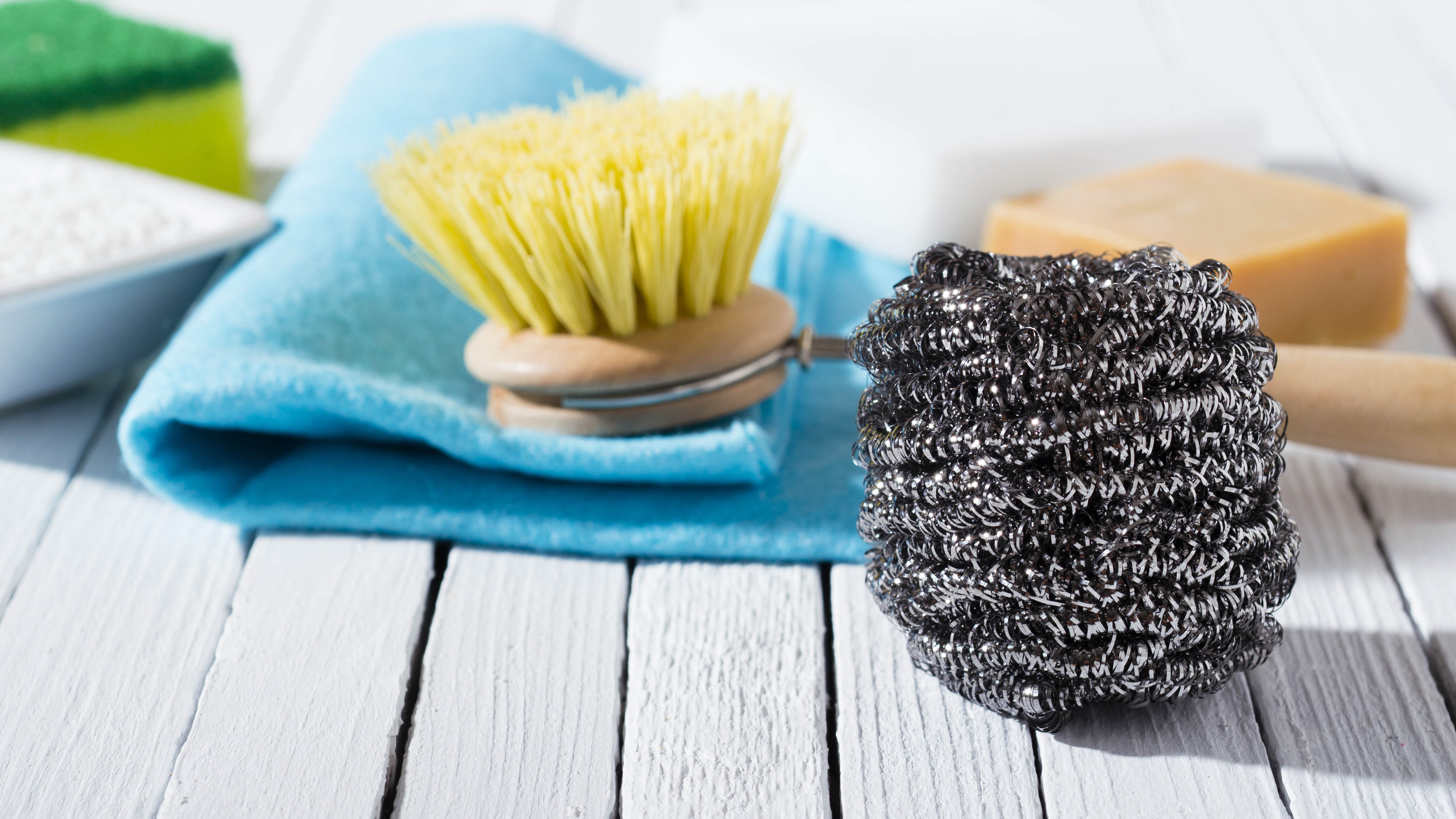
One of the most underrated cleaning tools has to be steel wool. With its hardy and scrunchy nature, it comes in use for removing all kinds of stubborn stains in the kitchen. In fact, it’s so abrasive that it can damage delicate surfaces as you scrub, so you need to take care where you use it. Much like knowing the 7 things you should never clean with white vinegar, this tool has a time and a place.
Having said that, steel wool is more versatile than you think. Thanks to its abrasive build, it has unexpected uses all over the home — from aiding with pest removal to keeping your drains unclogged. If you’re keen to learn how you can get more from your steel wool, we’ve rounded up 7 unusual uses for it here. So it’s not just reserved for your pots and pans in the future.
Before we start, it's worth noting that there's different grades of steel wool ranging from 0000 to 4 which varies from fine to coarse. Make sure you're using the appropriate grade to suit your application.
1. Scrubbing stubborn stains
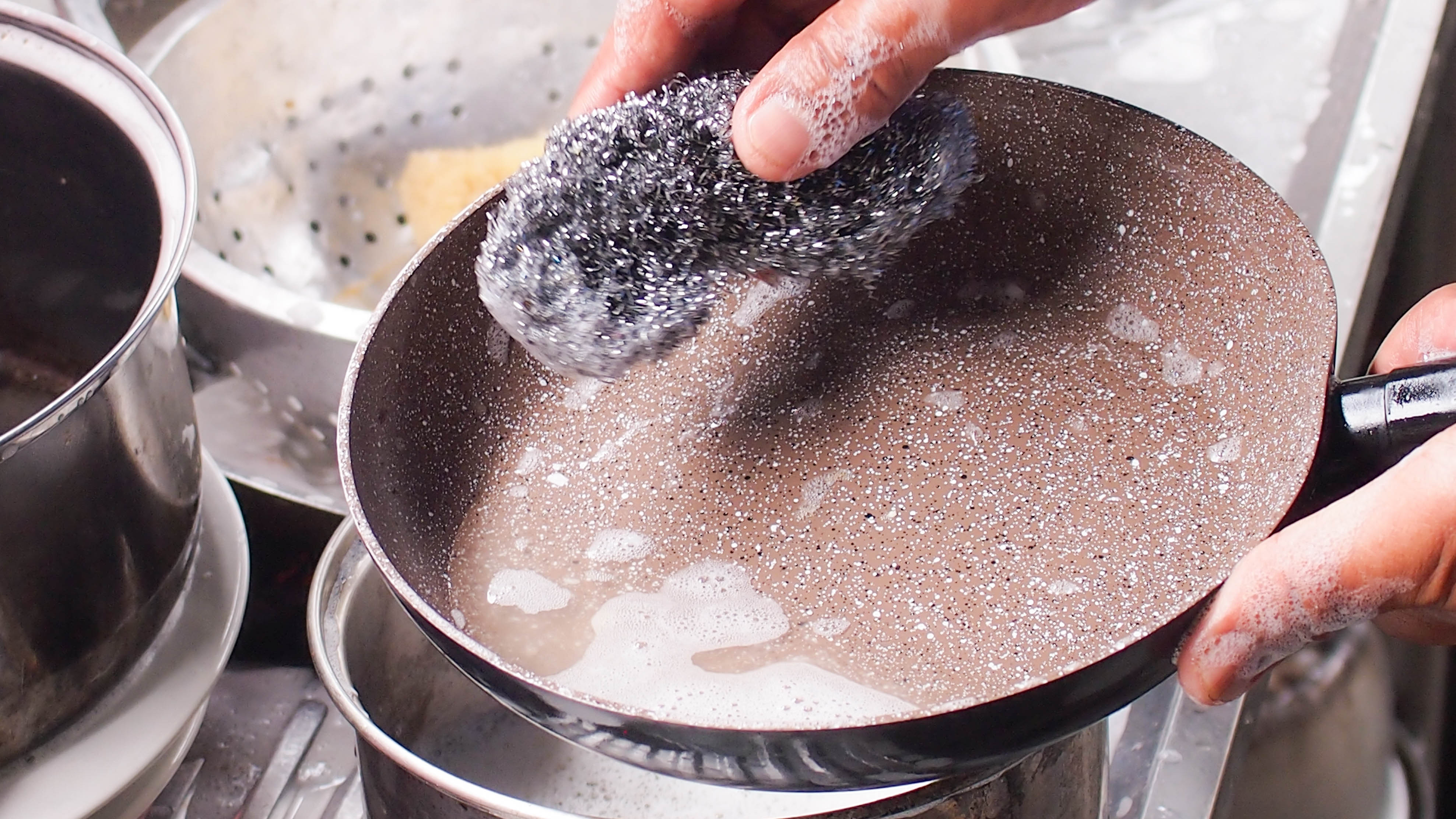
Of course, we should first cover the primary use for steel wool. Typically constructed as a mesh of fine steel wiring, it's most often used to remove residue your sponge just can’t handle — such as oven grates and metal utensils.
But, before you go scrubbing your favorite cookware, know that steel wool can easily scratch delicate surfaces — so you can ruin an expensive pan in the cleaning process. Steel wool should not be used on stainless steel or items with a non-stick coating — it can damage the surface in both instances. It should also not be used on the best cast iron skillets, because it can strip away the seasoning and leave marks behind.
Use your best judgement on what to scrub with steel wool. Where it’s safe to use, it can really speed up the chore. But, if in doubt, stick to the sponge or use a microfiber cloth to play it safe. Here’s how to clean a burnt pot if you want some guidance. Use a wad of steel wool which is designed for kitchen use (not coarse) to prevent unnecessary damage.
2. Remove rust
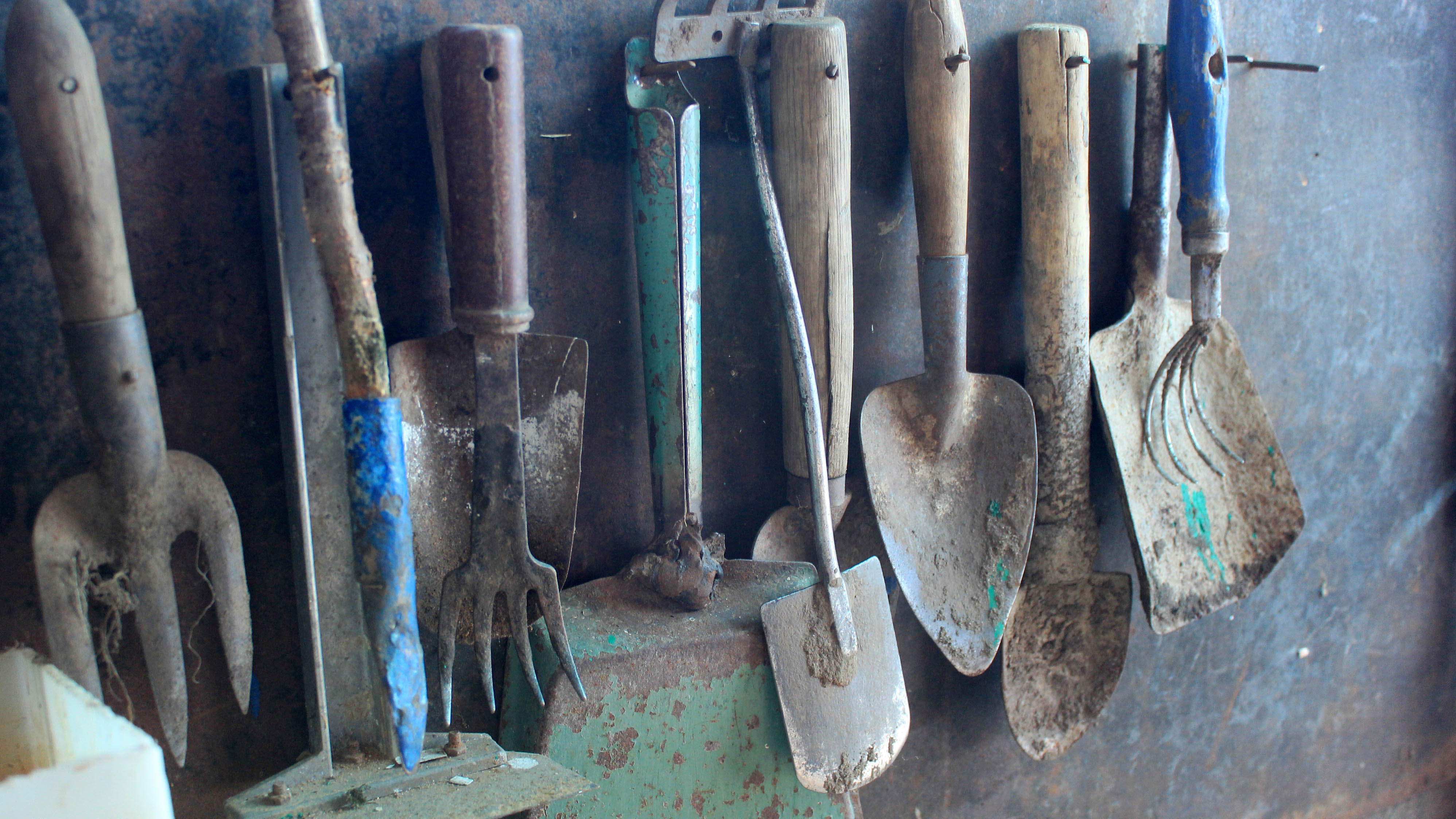
If you’ve got rust forming on metal tools, such as the best pruning shears, steel wool can come in use here. This is because it’s actually abrasive enough to remove rust from the surface. That means you can use steel wool to give your gardening tools a new lease on life, as well as restore a rusty bike chain. Just work over the item with a buffing motion to clear the rust away. Grade 4, or extra coarse, steel wool is best for removing rust.
Keep the abrasiveness of steel wool in mind again though. Make sure whatever you’re removing rust from won't mark in the process. For instance, rusty cutlery could easily scratch, as could grill grates, depending on the material. Here’s our guidance on how to restore rusty cutlery.
3. Drain strainer
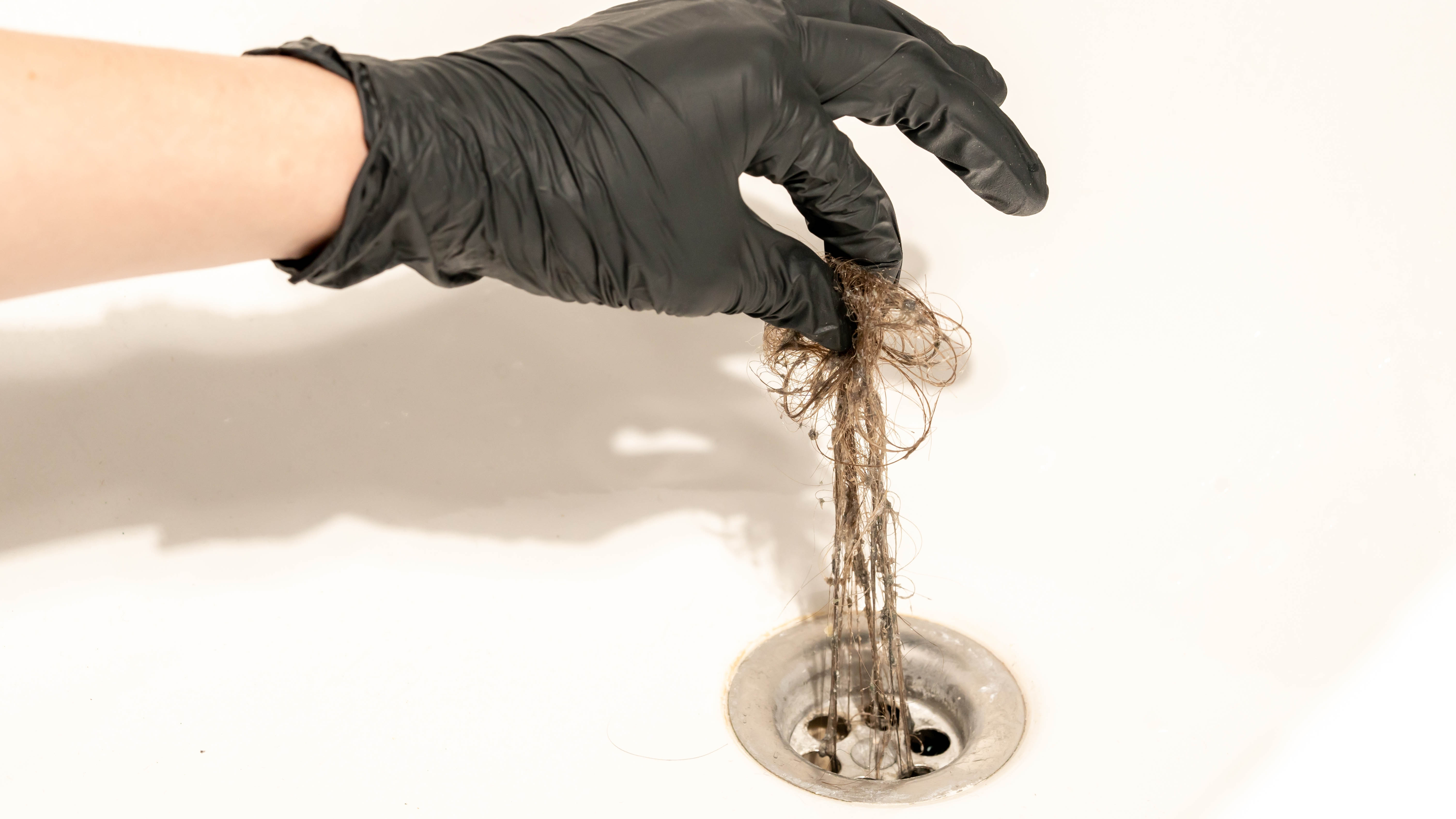
If you’re sick and tired of plucking hairs from the shower drain, and learning how to unclog a drain whenever they sneak through, this could be a good use for you. Steel wool can actually act as a makeshift drain strainer. Simply place it over your drain and the fine intertwined wire wool will catch any rogue hairs while allowing the water to flow through.
Steel wool will rust over time though, so this isn’t a permanent solution. You can extend its life by rinsing out soap scum and keeping it dry between uses. You can also place steel wool in the freezer to prevent it from rusting as well — warm water will quickly thaw it out when it's next needed. Otherwise, it’s best to invest in a dedicated drain strainer, such as Hair Catcher Shower Drain Durable Silicone Hair Stopper Shower Drain Cover ($7.99, Amazon).
4. Block out rodents
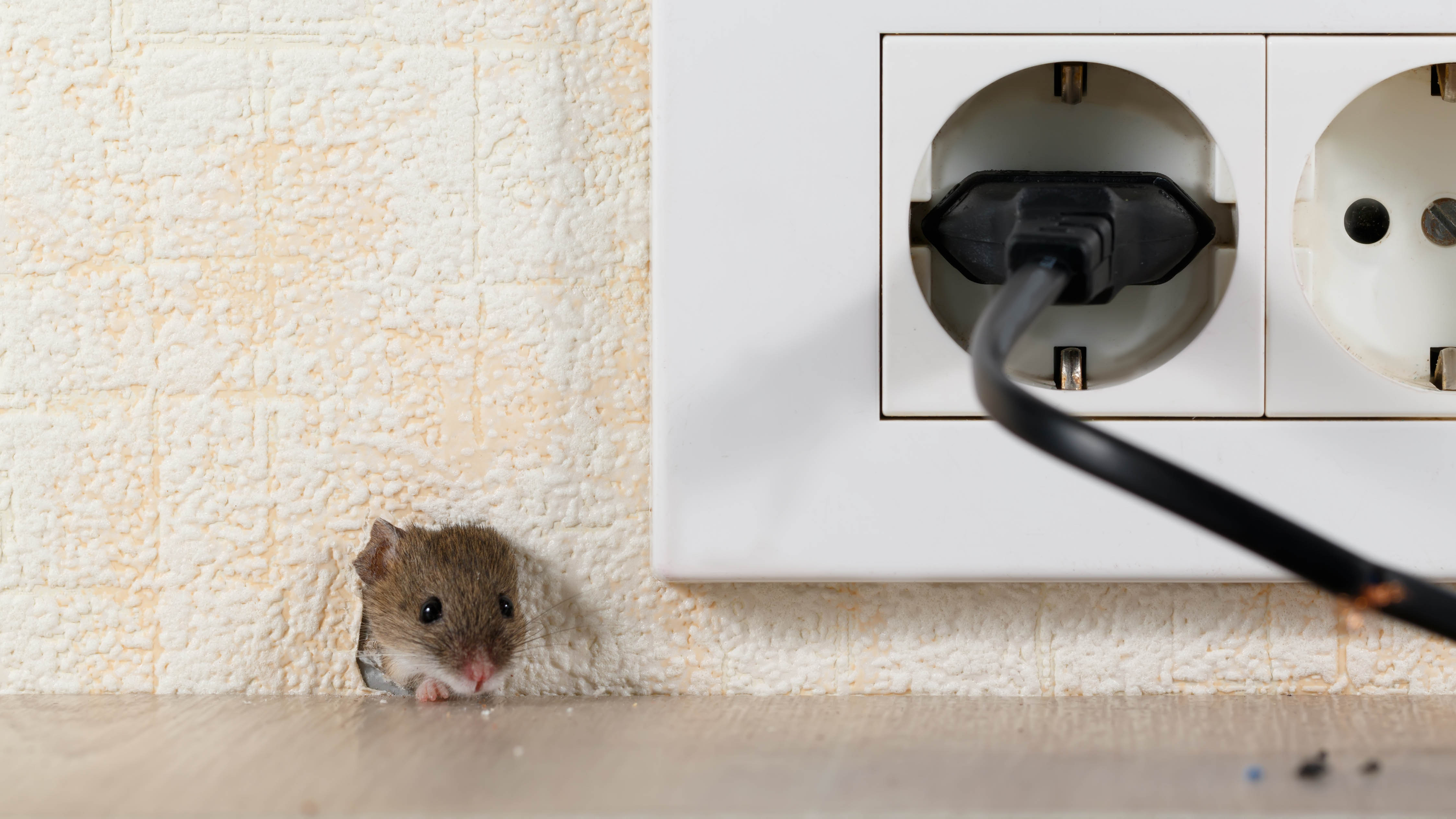
We’re not the only ones who hate the feel of metal on our teeth — it turns out, rodents can’t stand it either. So if you’re in the midst of learning how to get rid of mice, and you’ve noticed small holes dotted around your home where they’re coming and going, steel wool can help out here too.
With its spongy nature, a medium-grade steel wool can be used to plug these gaps, at least until you’ve found a way to permanently seal them. Mice and rats won’t chew through it while it's in place, so you’ve got an effective rodent repellent until the professional arrives. If your steel wool is too big to fit the gaps, remember you can always cut it down in size with scissors; this has more benefits than one, as we will cover later.
Did you know there are 7 plants that keep mice and rats from invading your home? For instance, they dislike the smell of lavender.
5. Fixing a scratched floor
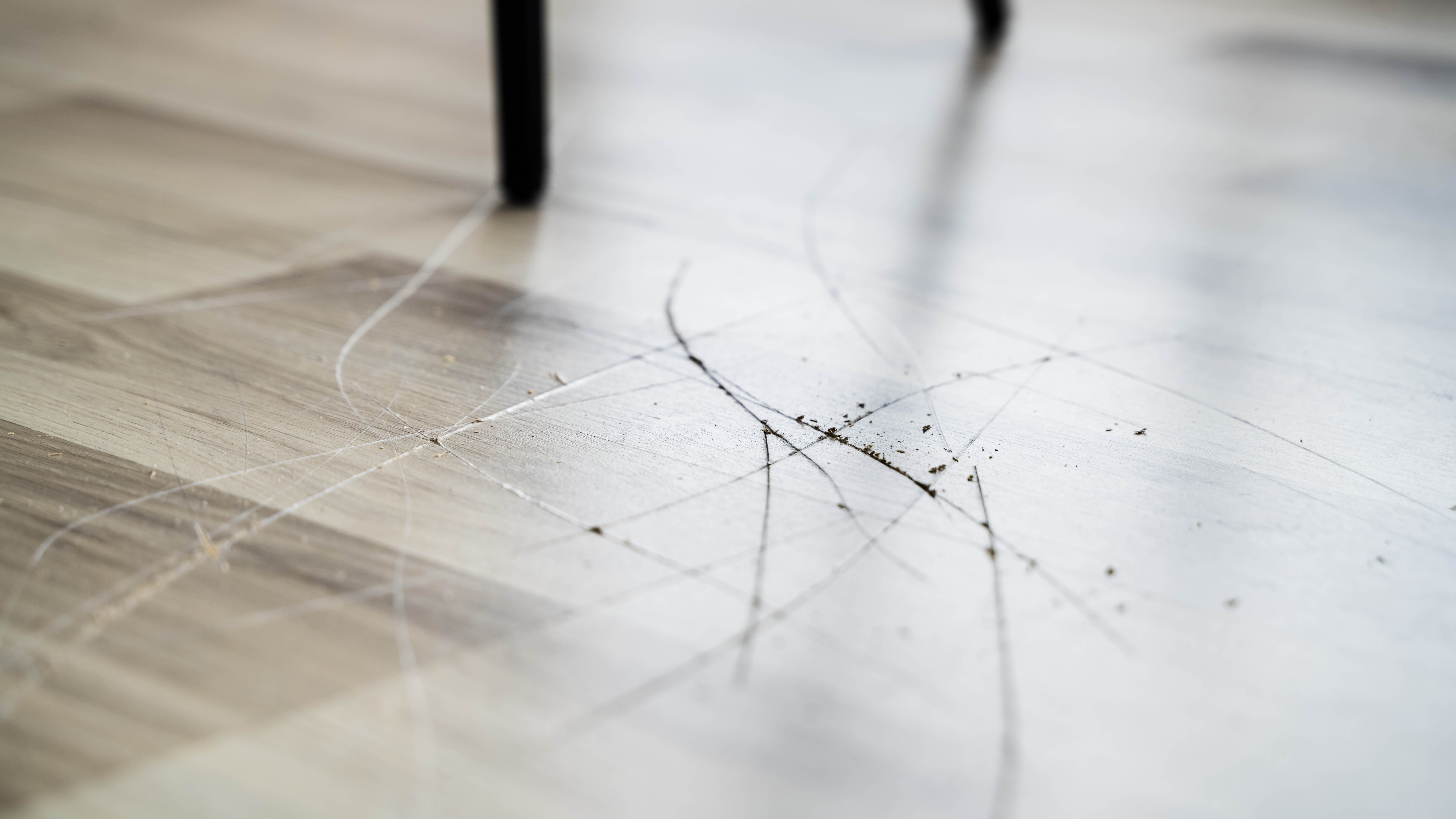
Scratches are all-too-common on hardwood flooring. Anything from a small stone carried in on the bottom of your shoe, to shifting furniture around, can leave its mark. Before you know it, light scratches show up every which way. Luckily, 0000 grade (super fine) steel wool can remedy this problem.
Steel wool is just one of the ways you can fix scratched wood floors — minor scratches in any case. Once the scratch has been cleaned, gently rub the steel wool in the direction of the grain of the wood, over the top of the scratch. Think of it as blending in the marks. Be patient and don’t rub too hard, otherwise you can cause further damage. You can then use sandpaper to work the edges of the scratch, followed by a wax stick for the finishing touches.
6. Fit a screw
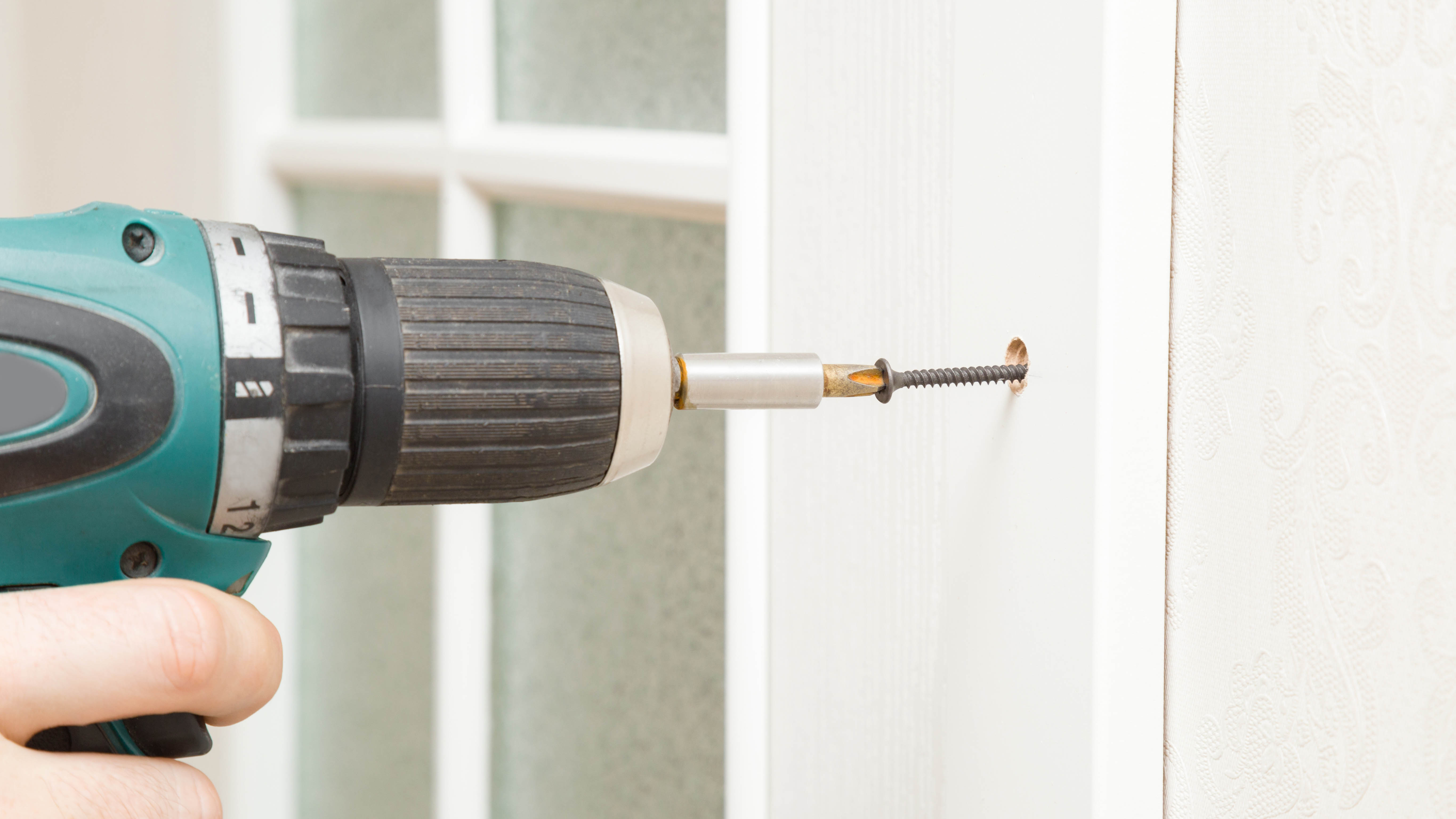
If you’ve got a screw that’s just too small for a hole, or it’s loosened up over time, steel wool can provide a solution here as well. Simply wrap the screw in a fine coating of steel wool before drilling it in place, or tightening it up. The steel wool will provide grip against the wall so the screw holds.
Of course, this is only recommended for holding lightweight objects. Anything heavy, fragile or valuable should be properly fitted with an anchor and the correct screw size. Otherwise, steel wool can save you from filling and re-drilling the same wall space unnecessarily.
7. Sharpen scissors

Finally, if your scissors just aren’t cutting like they used to, give them a new lease of life by trimming steel wool. As the blades cut the fine steel wires, they’re being sharpened in the process. So if you plan to use smaller amounts of steel wool around your home, such as for blocking rodent holes, or fitting around screws, why not reap the benefits as you cut it down to size?
While this technique isn’t the same as having your scissors professionally sharpened, it will improve a dulled blade and could save you from throwing away your trusty shears so quickly. For more tips, see how to sharpen a knife and how to sharpen pruning shears.







